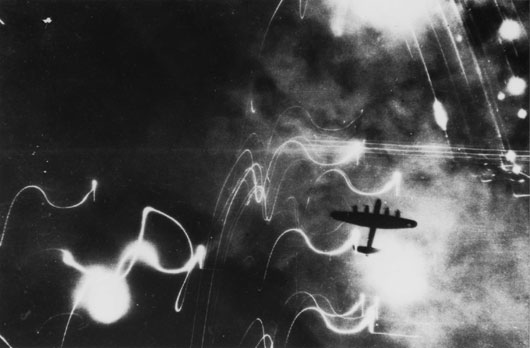Berlin Australians in the Battle of Berlin, 1943-44
The Battle in Brief
The Battle of Berlin was the third of three major bombing offensives launched by the Royal Air Force's Bomber Command in 1943-44. The first battle, the Battle of the Ruhr, was aimed at the cities and towns of the Ruhr Valley, Germany's industrial heartland. The Battle of Hamburg, codenamed Operation Gomorrah, was a series of air raids conducted by the RAF on the city of Hamburg, which began at the end of July 1943.
The Battle of Berlin was fought between November 1943 and March 1944 and was the longest, most sustained offensive by the Royal Air Force's Bomber Command against a single target. Bomber Command undertook 16 massed bombing attacks on Berlin to destroy the German capital city.
Many Australian pilots flew in the Battle of Berlin and a number were shot down in enemy territory. In total, the RAF lost over 1,000 aircraft and 7,000 aircrew, more than had been predicted. Arthur "Bomber" Harris of RAF Bomber Command had earlier commented that the Battle of Berlin would "cost us between 400 and 500 aircraft," but that "it will cost Germany the war."
Throughout the Second World War, bomber aircrews suffered higher casualties and received more decorations per capita than any other element of the Allied military forces.
Location
Media







